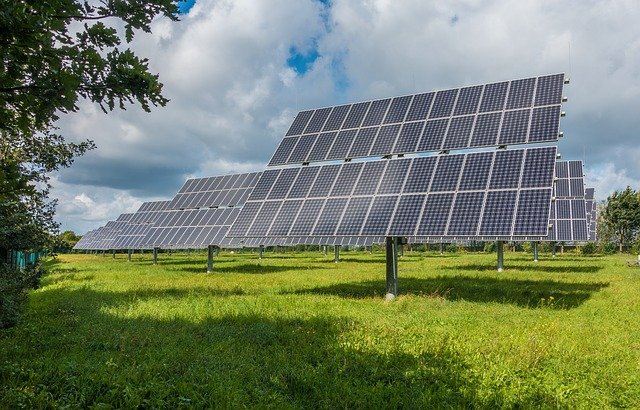Capsaicin increases the performance of perovskite solar cells
Researchers from China and Sweden have found that a pinch of capsaicin, a chemical compound that adds flavor to chili peppers, can be used to make more stable and efficient perovskite solar cells.
The researchers confirmed that the addition of capsaicin too Perovskite methylammonium lead triiodide (MAPbI3) led to an increase in the number of conductive electrons on the surface of the semiconductor during the manufacturing process. In other words, capsaicin made the most efficient polycrystalline solar cells at transporting electrical charge.
The research was published on January 13th in the journal Joule published.
Image source: Pixabay
The future of solar energy?
Perovskites are a group of materials that have a specific spatial crystal structure. Various organic and inorganic compounds can be used for the synthesis. When selected appropriately, perovskites have various physico-chemical properties, including excellent light absorption, so that they can be used in photovoltaics - In the future, green and sustainable additive technology in the form of biomaterials will be a clear trend in non-toxic, lead-free perovskite materials , argues study co-author Qinye Bao of East China Normal University. - It is hoped that this will eventually become a completely green one Perovskite solar cell that will become a clean source of energy, he adds. Current perovskite semiconductors are still inefficient and have high thermal losses. Bao and his colleagues were looking for a natural, inexpensive additive to overcome these limitations and increase the efficiency of solar cells. Given the electrical, chemical and optical properties of capsaicin, we came to the preliminary conclusion that it could be a promising candidate says Bao.
"Sharp" solar cells
To explore the possibilities of Capsaicin To explore, Bao and his team added a small amount of the compound to the MAPbI3 perovskite that made them Solar cells produce. The researchers then performed a series of tests, including ultraviolet and X-ray photoelectron spectroscopy, and time-resolved photoluminescence. The researchers found that the control devices had an efficiency of 19,1 percent, while the capsaicin-containing devices had an efficiency of 21,88 percent. The improved solar cells also showed greater stability and retained more than 90 percent of their initial efficiency after 800 hours in ambient air.
Bao and his colleagues also found that capsaicin increased electron density by an order of magnitude and accelerated charge transport. While capsaicin could be an inexpensive, readily available additive for perovskite solar cells, Bao and colleagues note that more research is needed to determine the compound's effects on other types of Perovskites to determine.